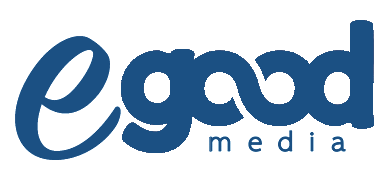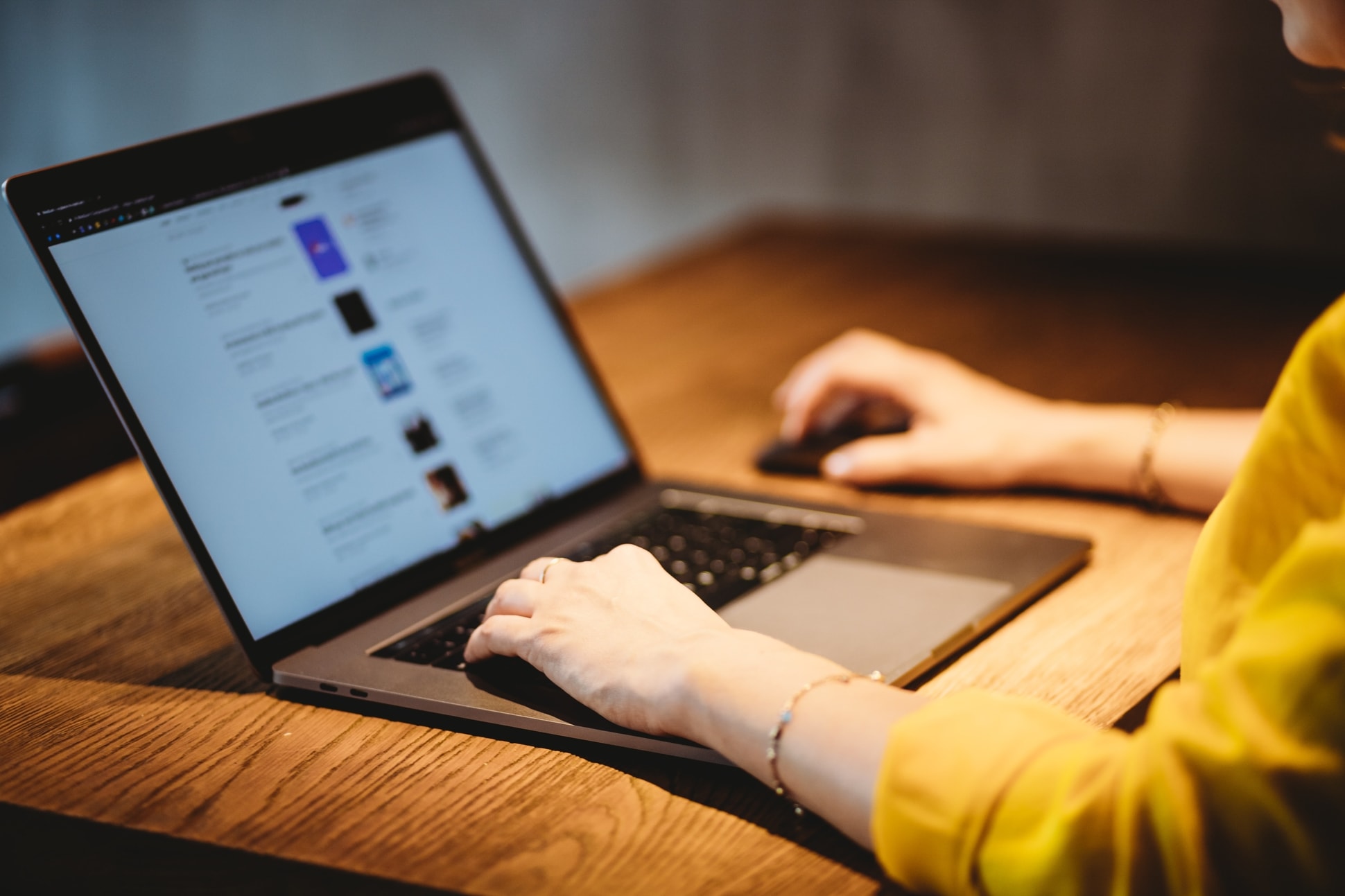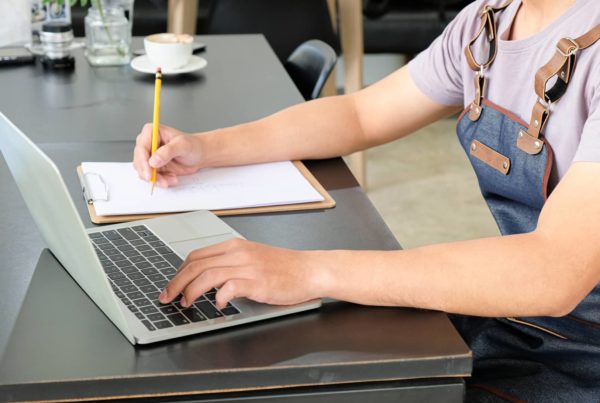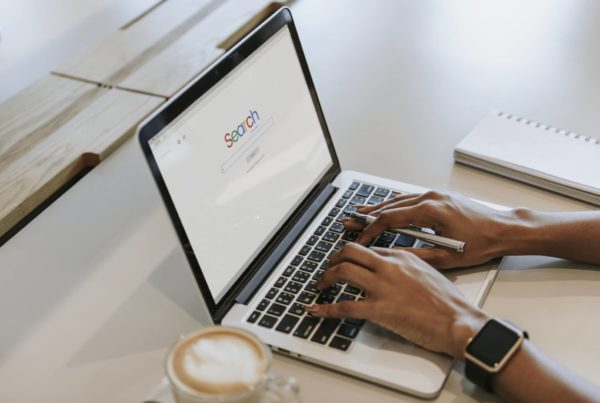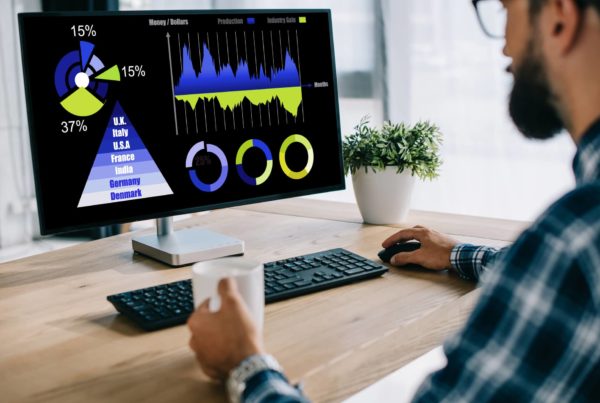Are you looking to drive organic traffic on your website without ranking your web page on google search result page (SERP)? Google Image search is the best way to promote and drive traffic on your website.
Images are often overlooked but when it comes to judging its effectiveness, it has all the capabilities to make your targeted audience land on your website. Yes, you read it right, image SEO can help you to rank your images in search engines’ images page for the targeted keyword searched by your potential customers.
One can’t compare the amount of traffic between the SERP and image searches. Because it’s very obvious that websites appearing on the top in the search engine result page can offer an abundance of traffic compared to image searches. But the traffic you get from the image search is considered as quality organic traffic.
Images are also considered as a type of content that’s why google gives preference to web pages containing multiple images and other media. Where you are creating a home page or blog page make sure that it contains text, images as well as video content.
Adding these media elements will enhance your web page appearance in front of the audience as well as the search engine. But to rank your image in the image search result page you need to put little more effort into optimizing those images.
In this article, we will help you to determine how you can take advantage of google image search to drive traffic on your website. Using the tips mentioned below you can
If you want to drive more organic traffic on google without ranking your page in google then check our blog on Drive Organic Traffic Without Ranking On Google (6 Ways to Follow In 2020)
Why should websites focus on image SEO?
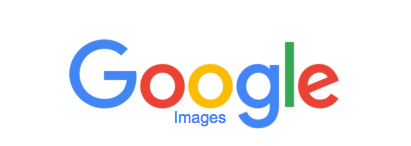
Most of the SEO experts around ask the website to create unique and educating content or we can say, they focus more on content. Yes, content is one of the most important aspects that help them to get an abundance of traffic. But the images inside the content also play a crucial role in driving traffic on the web pages.
The image can play a great role in driving organic traffic on your website and web pages without ranking in the search engine result page. Earlier Google used to offer a view image option but now google has started redirecting users to web pages. This particular feature has encouraged many website owners to consider image SEO while creating their SEO strategy.
Optimizing your images for SEO helps search engines bot to smartly crawl and understand your image so that it reaches the right user. The targeted keyword used in the images helps search engine bot to understand image purpose and position that image for a particular keyword search.
If you wonder how much organic traffic does an image search offers? Then the simple answer is it depends on the type of business you are running. For example, users that are looking to resolve PPC questions will not use an image search to find their answer.
However, if you are running an ecommerce website mainly into clothing then image search will surely help you to get impactful results in terms of traffic.
Google Image ranking factors (algorithm update)
In 2018 Google announced new images ranking algorithm that is considered before assigning a rank to an image in the search result
- The Authority of the website plays a crucial role in ranking an image.
- Context is another ranking factor that helps the user to get more accurate and related images in results.
- Google gives preference to websites that update its content frequently. In short, they believe in freshness and give preference to fresh content as well as image.
- Your image ranking also depends on the type of web pages they are related to. For example, if you are having an ecommerce website then google will give preference to images that are linked to the product page then the category page.
- Google has also started considering captioning, for its user to know the title of the page and the website name (where it’s published).
Google has clearly hinted that in future images search will play a crucial role in driving traffic on the website. John Muller also stated that images are once again grabbing user attention and importance.
Not only that but Google also rolled out a new feature called AI-powered google lens technology. It allows the user to get more search results depending on their interest not only that but it allows the user to purchase the product if they are interested in buying.
By now you might be aware of different image ranking factors. Next, we will help you to determine tips and techniques for image SEO.
Tips to improve images for google images results?
1. Create Unique, Attractive and Informative Image
Image quality, uniqueness, and attractiveness play a crucial role in getting your images ranked in the image result page. Earlier very few users used to navigate to the image page to find the relative image and web page.
But today if a user wants an image then they directly navigate to the browser and search for google images. That’s why along with content quality, your image quality also plays a crucial role in ranking factors.
Instead of using the stock image for your web, it is recommended to create your image because Google rewards websites that offer an original image for viewers. You can take photos of your web pages of make use of graphic to create one but if you want your image to
Yes, stock images are good but using it in all places may not offer you impactful results. Instead can use a stock image and add a filter, overlay, more to make it more unique. If you don’t want yourself to land in trouble then it is recommended not to use copyright images.
If you think you can upload and delete the image to avoid copyright issues then you need to know that website can easily identify how many other websites have used their images without their permission.
That’s why it is always recommended to create unique images that can grab your site visitor’s attention. If you are using images having copyright issues then ensure that the image creator is aware of it so that you don’t fall into trouble after posting images.
2. Use descriptive image having plain language
When it comes to optimizing images for SEO it is always recommended to use descriptive language with targeted keywords to help your image rank better in the image result page. Creating keyword-focused images with appropriate image descriptions allows search engines to recognize the image and their purpose.
When a search engine bot crawls your website they go through each and every element present on your website. If your image has the file name with proper keywords and description then it helps them to recognize its purpose and rank them in search engines.
For instance, if the above image has the filename DCML IMAGE.image then google bot will crawl the file name but it will not recognize its purpose. Whereas if the file name contains all the target keywords with your website name, for example, espresso-instant-coffee or coffee-shop-espresso and more then it will help google bot to rank your image for long-tail as well as short-tail keyword.
You can make use of your analytical data to identify terms that drive more traffic and embed them into your image file name to make it visible in front of the user. You can also go through Q&A by Moz go get more idea about how strategically you can use the file name.
Make sure to separate each word using (-) or (_) while creating the file name for your image. These symbols are considered as space between two words by google bots and it is the best way to label your image.
3. Select the right dimension for your image
Your image file size and quality play a crucial role in ranking your images on the top in the google image search result page. Before uploading your image you can resize and crop your images ensuring that the images are no longer in large dimensions.
It is always recommended to select the best and efficient file format for your image (below we will be giving details about which is the best image format). You can use different image file formats on the same page.
Most of the websites commit a mistake by selecting large images and reducing the dimension of the image from the source code. So that their customer can get a clear view of the image. If you are among them then it’s time to reconsider strategy because large images increase page load time that directly affects your on-page SEO optimization and your web page ranking.
Instead, you can reduce the image size or use a smaller image size. Or you can compress the image to resize your larger image file size. Here is the thing you can do, while reducing the image size you can reduce the quality of the image without losing visuals or you can minify your image using various online tools.
If you want your visitors to see a large image with a clear view then you can use pop-ups to display a large view or you can redirect the user to the next web page so that they get a clear view of the image. If you are using WordPress then you can make use of plugins like magnifier and more.
4. Optimize the alt attribute of the image
Alt attributes are the key aspect that helps you to make your image search engine bot friendly. In short alt attribute acts as the text alternative to image and helps search engine bot to understand the purpose of the image.
To check whether the images contain the alt attribute or not you can either inspect the source code or you can just hover over the image to see the alt attribute. When it comes to optimizing a web page for SEO, image optimization plays a crucial role and alt attribute acts as the main player in image optimization.
Including alt attributes not only helps the image to rank but it also contributes to ranking your web pages in the search engine result page. Make sure your alt attribute describes the image and contains the targeted keyword.
There are times when images fail to load in the mobile device (it’s not a good sign) if that is the case then your image alt attribute appears. If your reader is a savvy internet sufferer then it will help them to identify the purpose of the image through the displayed code. This is how <img src=”best-ecommerce-website-design-company-jpg” alt = “best ecommerce website design company”>
Tips you can consider for alt attribute:
- Use the same language you used in the image file name (simple plain language)
- Avoid keyword stuffing instead use your targeted or long-tail keyword once in
- It is recommended to use the product model number and serial number in the alt attribute (for an ecommerce website)
- Avoid using alt attribute for decorative images
5. Leverage Google Image labeler
Google image labeler is another feature that can help you in ranking your image in the image result page. Earlier we have mentioned that Google analyzes the content of the image and depending on that it displays the image for a particular search term apart from alt attribute google image labeler also helps google in determining the purpose of the image.
Google image labeler is the game that allows two random persons or unknown users to label/tag the image depending on the visuals they see in the image. The main idea behind this game is that if two users offer the same tags for an image. Then the matching tags are taken into consideration by google for images search results.
If you want your image to get listed in google image labeler then you can do it from google search console. Log in to the search console and go to the management page. Then click on the Enhanced image search on the left-hand bar.
Enabling this option will allow signifying google that you are allowing them to consider the images present on the website for google image labeler.
6. Create Separate Sitemap for image
If you want your image to get noticed by google bot then it is recommended to create a separate sitemap for different images. Web page crawlers fail to crawl the images that are not specified in the source code. If you want a search engine bot to rank your image then first you need to specifically create a sitemap so that it becomes easy for you to understand the images in your web pages. Don’t forget to list the location of your image in the sitemap.
Conclusion:
Undoubtedly, Image SEO is one of the most overlooked SEO practices. Today if you carry out the SEO audit of any website you will surely find issues with the image like missing alt attribute, large files, image without caption/description, and more.
Images are one of the important aspects of any content. Adding multiple images makes the content or web page more attractive and persuasive. On the other hand, without image, your web pages can look monotonous and drive your users away from web pages.
There are various tools available that can be used to create images, make use of those tools and tips that we have mentioned above to create attractive images and rank those images in the image result page for specific keywords.
Yes, you should spend time and effort in producing high-quality content but don’t ignore images. Images have all the capabilities to attract user’s attention and encourage them to visit and explore your website.
Frequently asked questions:
1. Which type of keyword is the most competitive and hardest to rank in the search engine for?
Getting ranked on the top in the search engine is every website dream but ranking on top for a competitive keyword is not an easy job for the non-authority websites. But one can not ignore keywords that are highly competitive because those are frequently used by target audiences. Seed keywords or product relevant keywords (for example men Tshirt) are considered as one of the most competitive and hardest to rank in the search engine.
2. Does image size affect SEO?
Yes, image size plays a crucial role in ranking factors. Uploading too large images can impact your website loading speed which will directly affect your google ranking. Even if you are uploading huge images, reducing the size through source code will not help you in overcoming this problem. That’s why it is recommended to use a compressed image for your website.
If you are looking to create an impactful SEO strategy for your ecommerce as well as a standard website then it is recommended to reach out to an award-winning SEO agency that can help you in crafting SEO strategy that drives more organic traffic and conversions.
3. Does image name matter for SEO?
Yes, image name matters as it helps search engine bot to understand the purpose of the image. Including relevant keywords and a little description of the image can help you to rank your image on the top for a particular keyword in the result page. The search engine crawler crawls both alt attributes and fine names to identify the purpose of the image.
4. How can you name images for SEO in seconds?
- Optimize your URL slug with proper keyword and web page context
- Copy the edited URL along with keywords
- You can also make use of the title to define alt attribute
- Make sure your alt attribute contains the keyword as well as the context of the web page.
- Don’t forget to include captions in the image
- Induce images in the sitemap (if possible create a separate sitemap for images)
Looking to rank your web page and images on the top in the search result page. Get your website SEO audit for free and consult with our leading SEO experts to resolve your issues related to website SEO.
-
What are the image optimization techniques?
- Identify and select the right dimension
- Reduce the file size and compress the image before uploading it.
- Identify and secret the right format
- Induce alt attribute
- Leverage google image labeler feature (from google search console)
